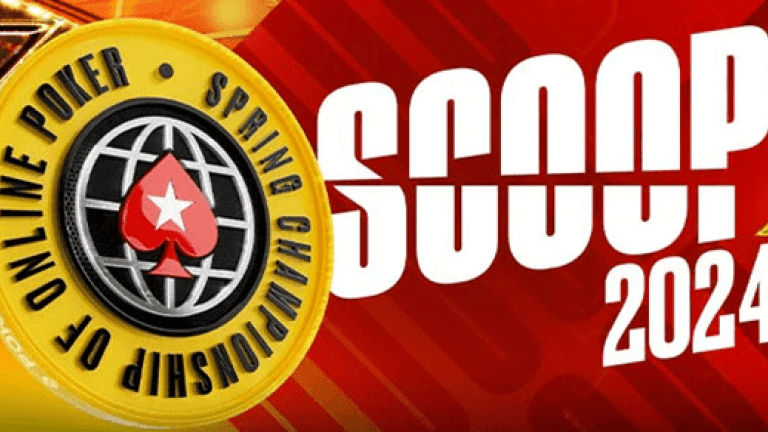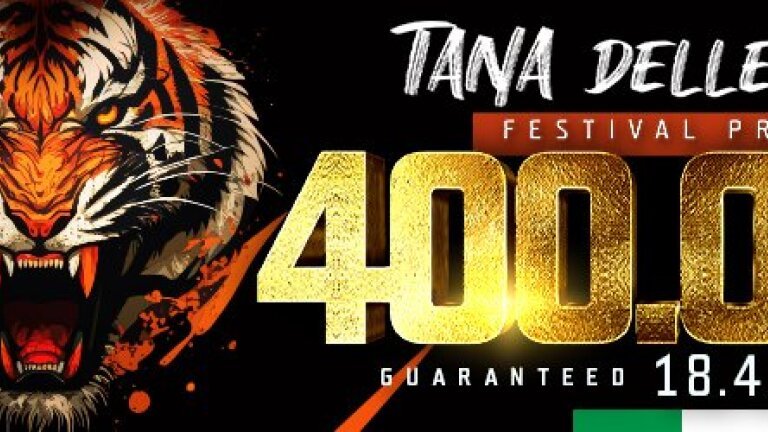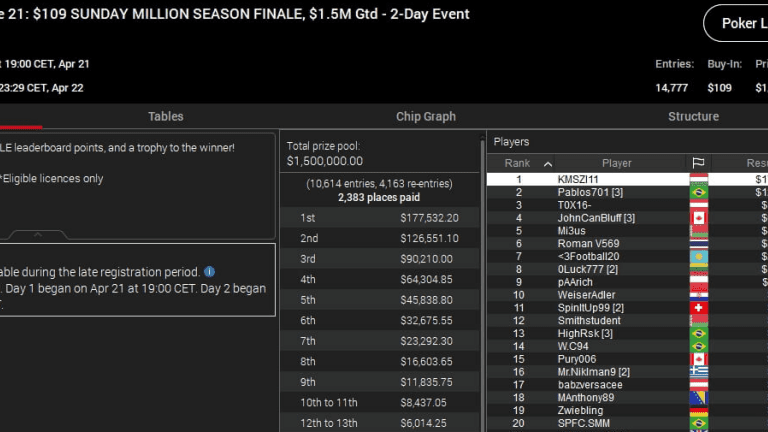
Esports has a relatively young and rapidly changing scenery, but patterns of the industry can indicate how the scene will grow over the next five years. The University of Stanford was the first one to hold a major event ever back in 1972. The Spacewar! video game tournament rewarded a winner with a one-year Rolling Stone magazine subscription and free beer. However, since then, winners in Esports enjoy billions of money instead of beers. Today it is worth around $1 billion worldwide and elite events give millions, not publications or subscriptions. Esports gambling is quite popular as well.
If to ask one five years ago, only a few would have forecasted that the League of legends would rival the Super Bowl's spectators. So what will five years from today's esports look like? Many predict that in the next five years, the global Esports sector will continue to develop significantly. Analyst Newzoo forecasts that by 2023 the sales of Esports would reach about $1.6 billion with an annual growth rate of 15 percent. The UK, according to an esports research commissioned by Ukie, will have an estimated 8 percent of this ballooning worldwide industry, and Esports is gratefully recognized as a key element of the rapidly developing digital and creative sectors of the UK. Important to add here that on different sites, such as lol websites (League of Legends), thousands of people place their wagers on their favorite games. People prefer the variety of games both when it comes to betting as for example, in dota bets, and witnessing dota tournaments.
The sponsorship revenue, according to Newzoo’s prediction projects, will continue to fuel future growth. Global immense brands, like BMW (now the main sponsor for Fnatic in London), IBM, Levi's, and Marvel Entertainment all joined the world of Esports in 2020, which demonstrates big potential in an increase in scale and credibility of Esports in the future years. However, new currency patterns will proliferate as well. The sector is predicted to play a larger role in digital products such as in-game sports team skins and content makers associated with esports organizations.
In addition, many can agree that Esports viewers will endure these continuous growth signs. Only in 2020, the worldwide Esports sector enjoyed a 495 million viewership. Between now and 2023, 646 million people are expected to fall, with an annual growth rate of 10.4 percent predicting a greater increase in the years to come. Also, about 1.2m in the UK are watching Esports. With 2,000 people currently aware of global Esports, China and developing markets will be at the height of the scenic constant expansion of awareness in Latin America, Southeast Asia, and the Middle East.
This increase is becoming more diverse as audiences develop. In recent years there has been a widespread presence of inclusive initiatives (especially when it comes to gender) and organizations in Esport such as the UK-based Women in Games, the Women of Esports, the British Women in Esports Initiative, FemaleLegends, and the latest FTW tournaments. Consumer insights agency has discovered 35% women fans of Esports in 2019, a proportion that has been steadily rising in the past two years. The sector is looking for a more inclusive future as the females' spectatorship has increased 6% since 2016 and there is a plethora of fresh new events, tournaments, and advocacy groups promising to make representation in gender, background, and other aspects more democratic.
Mobile is a new factor in the sports business and contributes ever more to the expansion of the industry. Mobile Esports is predicted to become an unbelievable trend in the next years with smartphone access decreasing obstacles to participation and driven by the popularity of competitive free-to-play games such as PUBG mobile in emerging areas. Riot Games also revealed plans for its new Wild Rift mobile League of Legends.
We can also deal with important new championships in the sport. Fortnite and Valorant were not there four years ago. But, alone, in 2019, Epic Games poured $100 million into its embryonic Fortnite sports industry - about $1 million, of which UK teenager, Jaden 'Wolfiez' Ashman, has taken home. In 2020, Valorant made its first entrance into a sport-dominated counter-Strike sector (on the FPS front, anyway). By 2026, the success of these games may well have dominated future releases.
Hence, one can more or less confidently declare that an exciting future is underway with the optimistic trends planned for the next five years.



